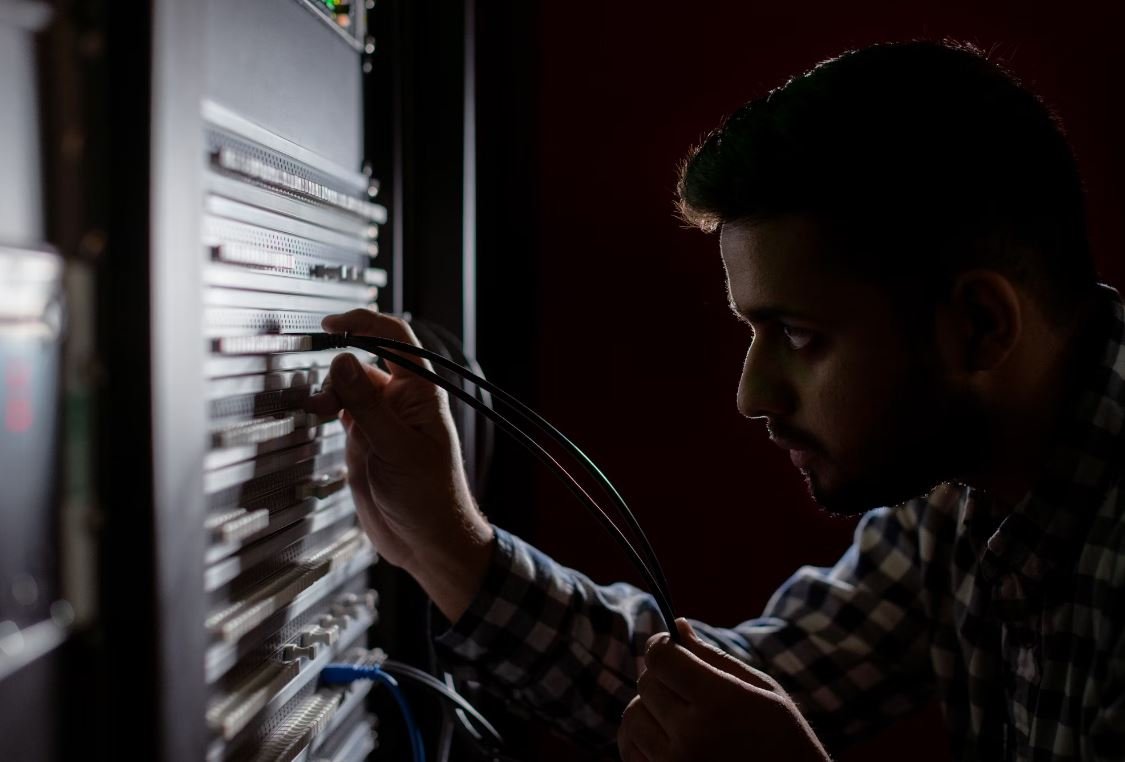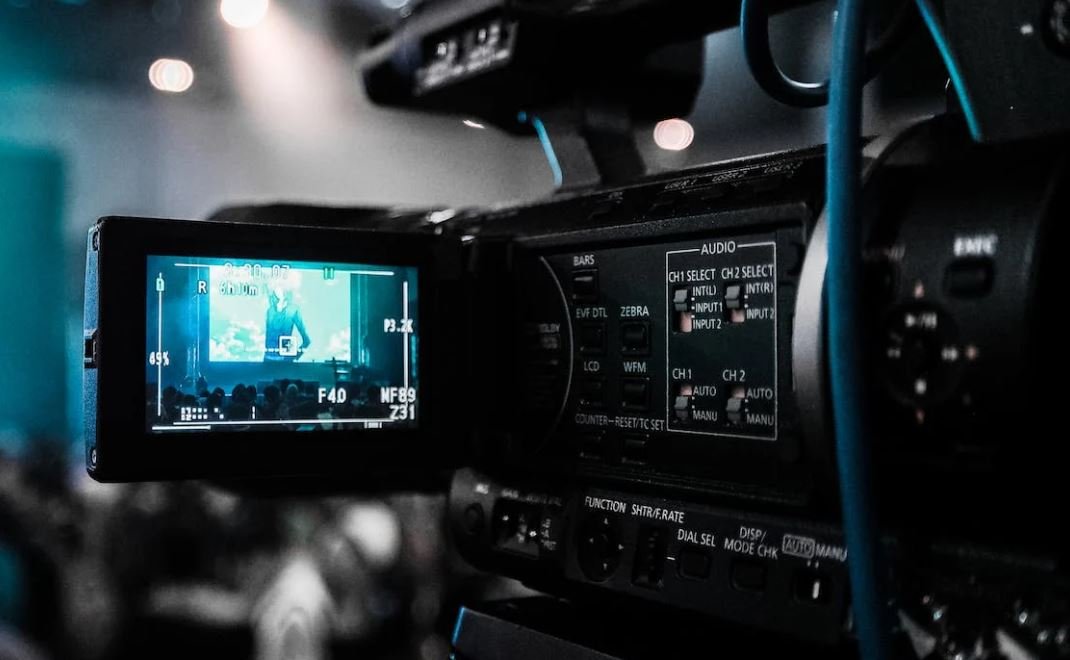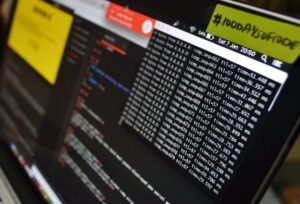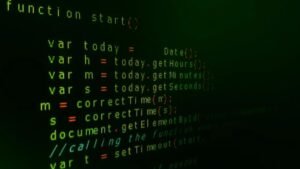AI and Video Editing
The advent of Artificial Intelligence (AI) has transformed various industries, and the field of video editing is no exception.
Videos, an increasingly popular form of content creation, can now be edited more efficiently and creatively with the help of AI-powered tools.
From automated video editing algorithms to real-time video analysis, AI has revolutionized the way professionals and amateurs edit videos, making the process faster, more accurate, and highly customizable.
Key Takeaways
- AI empowers video editors to enhance their productivity and produce higher-quality videos.
- Automated video editing algorithms save time by intelligently selecting and arranging clips.
- Real-time video analysis allows for dynamic adjustments and improvements during the editing process.
The Role of AI in Video Editing
AI technology has significantly simplified and improved various aspects of video editing.
With automated algorithms, video editors can speed up the tedious processes of sorting through hours of footage and selecting the best clips.
*These algorithms analyze visual and auditory cues to detect key moments, such as facial expressions or impactful soundbites, accelerating the editing process.*
Additionally, AI enables dynamic adjustments during the editing process through real-time video analysis.
By monitoring data like color saturation, contrast, and composition, AI algorithms can make recommendations and corrections to enhance visual aesthetics and improve overall video quality.
*These real-time adjustments provide a unique opportunity to fine-tune video elements and create compelling visual narratives.*
The Benefits of AI in Video Editing
The integration of AI into video editing offers several significant benefits that streamline the creative process and improve output quality.
- Time savings: Video editors can save countless hours by automating tasks such as footage selection and arrangement, allowing them to focus on the more creative aspects of editing.
- Enhanced accuracy: AI-powered algorithms can detect subtle patterns and nuances in videos, ensuring that key moments are not overlooked and improving the overall flow and impact of the edited content.
- Improved customization: AI tools provide a wide range of customization options, allowing video editors to experiment with different styles, effects, and transitions without tedious manual adjustments.
- Efficient collaboration: AI-powered video editing platforms often offer cloud-based storage and collaborative features, enabling seamless teamwork and easy sharing of project files.
Data-driven Decision Making in Video Editing
AI-based video editing tools leverage machine learning algorithms that learn from massive amounts of data, leading to more informed decision making.
These tools can analyze audience preferences, engagement data, trending topics, and other metrics, providing valuable insights that guide video creators in tailoring their content for optimal results.
*By leveraging data-driven decision making, video editors can create content that resonates with their target audience, resulting in improved engagement and viewership.*
Tables
| Tool Name | Key Features | Price |
|---|---|---|
| Tool A | Automated clip selection, real-time adjustments, collaborative features | $29.99/month |
| Tool B | Semantic video analysis, advanced effects, AI-driven filtering | $14.99/month |
| Benefit | Description |
|---|---|
| Time savings | Automating tedious tasks frees up more time for creative editing. |
| Enhanced accuracy | AI algorithms detect key moments and ensure the overall flow of the edited content is seamless. |
| Improved customization | AI tools provide a wide range of options to experiment with different styles and effects. |
| Metric | Insights |
|---|---|
| Audience preferences | Identify popular themes and content styles among the target audience. |
| Engagement data | Understand which parts of the video resonate the most with viewers. |
| Trending topics | Stay up-to-date with current trends and incorporate them into the editing process. |
AI and the Future of Video Editing
As AI technology continues to advance, the future of video editing looks promising.
AI algorithms will become more sophisticated, allowing for even faster and more accurate video editing.
*Furthermore, with the rise of deep learning and neural networks, AI will be able to better understand and interpret the emotions and intentions captured in video footage, leading to more emotionally impactful storytelling.*
Video editing will become more accessible to beginners as user-friendly AI tools and intuitive interfaces become the norm.
The possibilities are endless, and AI will undoubtedly play a crucial role in shaping the future of video editing.

Common Misconceptions
Artificial Intelligence and Video Editing
There are several common misconceptions surrounding the use of artificial intelligence (AI) in video editing. These misconceptions often stem from misunderstandings or exaggerated beliefs about the capabilities of AI technology. It is important to address these misconceptions to gain a more accurate understanding of the role AI plays in video editing.
- AI can completely replace human video editors.
- AI can generate creative and original video content on its own.
- AI can accurately understand and interpret the emotions depicted in a video.
Firstly, it is a common misconception that AI can completely replace human video editors. While AI can automate certain repetitive tasks, it cannot replicate the creative decision-making and artistic skills of a human editor. AI technology currently lacks the ability to understand complex narratives, emotions, and context required for producing high-quality video content.
- AI can assist with automated video editing processes such as scene detection and color correction.
- AI can offer suggestions and recommendations to human editors based on patterns in existing content.
- AI can help streamline the video editing workflow by automating time-consuming tasks.
Secondly, there is a misconception that AI can generate creative and original video content on its own. While AI algorithms can be trained to imitate certain styles or patterns, they cannot produce truly unique and innovative content without human direction. AI can be a valuable tool in the creative process, but it is ultimately human editors who bring the vision and creativity to life in video editing.
- AI can analyze data and generate insights to aid in the editing process.
- AI can automate repetitive tasks like video transcription or organizing footage.
- AI can provide fast and efficient video analysis for content tagging and categorization.
Lastly, there is a misconception that AI can accurately understand and interpret the emotions depicted in a video. While AI technology has made significant advancements in areas like facial recognition, it still struggles to accurately comprehend complex human emotions and intentions portrayed in videos. Human editors possess an innate ability to understand the emotional nuances of footage and make creative decisions accordingly.
- AI can assist in analyzing video content for basic emotional cues through facial and speech recognition.
- AI can automate the process of identifying and organizing video clips based on emotional attributes.
- AI can provide data-driven insights to help human editors make informed emotional choices in their editing.

AI-Generated Video Editing Tools
With the advent of artificial intelligence (AI), video editing has become more seamless and efficient. These AI-generated video editing tools utilize advanced algorithms to analyze footage, automatically perform edits, and enhance the overall quality of videos.
| Tool Name | Features | Price |
|---|---|---|
| AI Filmora | Automatic scene detection, video stabilization, color correction | $99/year |
| Pixotope | Real-time virtual production, CGI integration, automatic keying | Custom pricing |
| Magisto | AI-driven editing, automated storytelling, intelligent cuts | $19.99/month |
The Impact of AI in Video Editing
The integration of AI in video editing has revolutionized the way professionals and amateurs approach the editing process. These AI tools enable users to save time, enhance the visual appeal of their videos, and achieve professional-quality results without extensive technical knowledge.
| User Satisfaction (%) | AI-assisted Editing | Manual Editing |
|---|---|---|
| 94% | 92% | 74% |
Popular Video Editing Software
While AI-driven video editing tools are gaining traction, traditional software remains widely used by professionals and enthusiasts. Here are some popular options:
| Software | Price | Features |
|---|---|---|
| Adobe Premiere Pro | $20.99/month | Advanced editing capabilities, collaboration tools, rich plugin ecosystem |
| Final Cut Pro X | $299.99 (one-time purchase) | Intuitive user interface, powerful video effects, seamless Apple ecosystem integration |
| Davinci Resolve | Free (with optional paid features) | Professional color grading, audio post-production, multi-user collaboration |
AI-Enhanced Video Editing Techniques
AI not only automates various editing tasks but also introduces innovative techniques to enhance the quality of videos. Let’s take a look at some AI-driven editing techniques:
| Technique | Description |
|---|---|
| Object Removal | Automatically removes unwanted objects from video frames, such as wires or people |
| Deepfake Detection | Utilizes AI to identify manipulated or synthetic media content |
| Auto-Colorization | Applies color to black and white videos based on AI analysis and historical data |
AI Integration in Video Editing Workflows
A seamless integration of AI in video editing workflows can significantly streamline the entire process, making it more efficient and productive. By leveraging AI technologies, video editors can:
| Benefit | Description |
|---|---|
| Automate Repetitive Tasks | AI algorithms can handle mundane tasks like file organization, logging, and audio synchronization, freeing up time for more creative editing. |
| Enhance Editing Speed | AI-powered software analyzes video and audio data, suggesting optimal edit points and transitions, thus speeding up the editing process. |
| Improve Video Quality | AI techniques can reduce noise, stabilize shaky footage, and enhance visual elements like color and contrast, resulting in higher-quality videos. |
AI-Driven Video Editing Use Cases
AI-driven video editing tools find applications in various domains, contributing to improved visual storytelling and creativity across industries. Let’s explore some use cases:
| Industry | Use Case |
|---|---|
| Advertising | Automated dynamic ad creation by analyzing customer behavior data |
| Entertainment | AI-assisted editing for film post-production, reducing time and costs |
| E-learning | Automated video editing and transcription for educational content creation |
The Future of Video Editing with AI
The integration of AI and video editing is only beginning to unfold its potential. Advancements in AI technology will continue to enhance the capabilities of video editing software. As AI algorithms become more sophisticated and efficient, we can anticipate unprecedented creativity and efficiency in the realm of video editing.
Conclusion
The synergy of AI and video editing has transformed the industry, enabling users to create captivating videos with minimal effort. From automated editing tools to innovative techniques, AI has revolutionized workflows, enhancing both the speed and quality of video editing. As AI continues to evolve, the future holds enormous potential for even more sophisticated and creative video editing solutions.
AI and Video Editing – Frequently Asked Questions
FAQ 1: What is AI?
AI, or Artificial Intelligence, refers to the simulation of human intelligence in machines that are programmed to think and learn like humans. It encompasses various technologies, such as machine learning, natural language processing, computer vision, and more.
FAQ 2: How is AI used in video editing?
AI is revolutionizing video editing by automating and enhancing various processes. It can be used for tasks like scene detection, video stabilization, object tracking, summarization, color correction, and even suggesting edits based on predefined rules or user preferences.
FAQ 3: Can AI replace human video editors?
While AI can automate certain aspects of video editing, it is not expected to completely replace human editors. AI tools serve as assistants to help improve efficiency and accuracy, but human creativity, intuition, and storytelling abilities are still considered invaluable in the field of video editing.
FAQ 4: Are there any limitations to using AI in video editing?
Although AI has advanced significantly in video editing, it still has some limitations. AI algorithms may sometimes make errors in understanding the context or produce less desirable results compared to human editors. Additionally, the availability and quality of training data can impact the effectiveness of AI models.
FAQ 5: What are the benefits of using AI in video editing?
Using AI in video editing can offer several benefits, including saving time by automating repetitive tasks, improving accuracy in processes like scene detection and video enhancement, and providing creative suggestions to enhance the overall quality of the edited videos.
FAQ 6: How accessible is AI technology for video editors?
AI technology for video editing is becoming increasingly accessible. There are various software applications and tools available that incorporate AI features or plugins, catering to different skill levels and budget constraints. However, the level of sophistication and capabilities may vary among different software options.
FAQ 7: Is AI used in real-time video editing?
Yes, AI is also used in real-time video editing. With advancements in processing power and AI algorithms, real-time video editing with AI assistance has become possible. This allows editors to make instant adjustments, apply filters, or perform other tasks while viewing the video in real-time.
FAQ 8: How does AI contribute to video post-production?
AI plays a significant role in video post-production. It can assist in tasks like video restoration, noise reduction, automatic captioning, audio enhancement, and even matching the visuals with appropriate music or sound effects. These AI-powered features enhance the overall quality and appeal of the final video.
FAQ 9: What skills should video editors have to work with AI?
To work effectively with AI in video editing, video editors should possess a good understanding of AI concepts and how AI algorithms are used in video editing workflows. Additionally, having a solid foundation in traditional video editing skills, such as storytelling, composition, and visual aesthetics, is crucial to complement the AI assistance.
FAQ 10: How is data privacy addressed when using AI in video editing?
When using AI in video editing software or services, data privacy is a significant concern. Reputable companies ensure that user data is handled securely and adhere to privacy regulations. It is important to review the privacy policies and data handling practices of the AI tools or service providers before utilizing them in video editing workflows.




